It’s no secret that the majority of doctors choose their profession because of one ideal: they truly want to help people. Being a doctor means meeting with patients face-to-face, listening to them, and comforting them. Sadly, in our digital age, people are increasingly becoming more and more isolated as screens take the place of people. […]
Category: medical grade computer
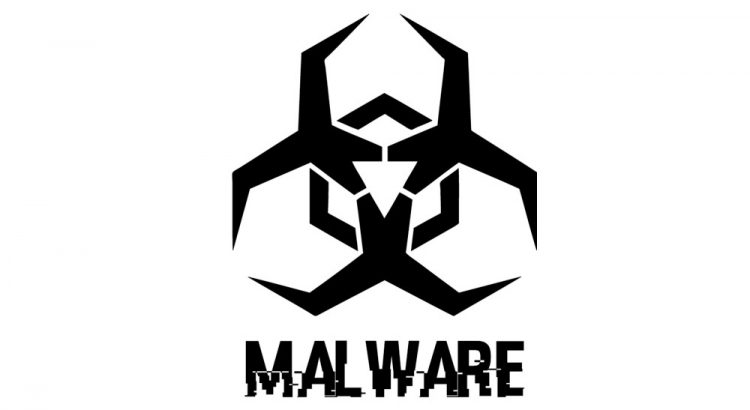
Keeping Your Hospital Safe From Hackers and Malware
Many of us seldom think about who—or what— is watching us as we browse the internet. Many websites make use of cookies, which are snippets of code that help keep track of data such as passwords or shopping cart items while you browse the site. While cookies are mostly harmless, similar technologies can be deployed […]
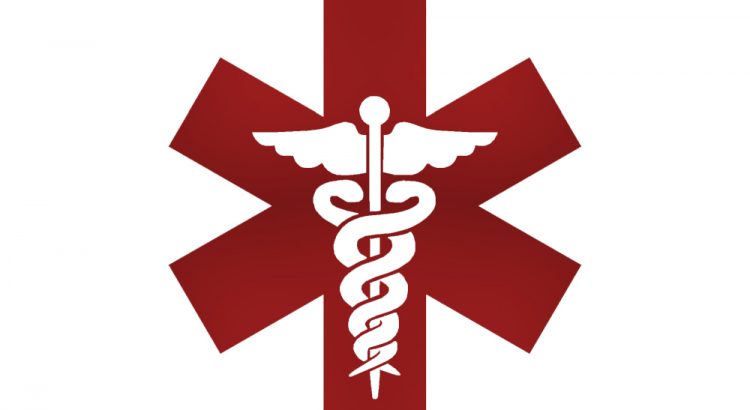
Medical Grade Computers for 24/7 Use
In the hospital setting, emergencies can happen at any time. Not only should your medical personnel be ready to do their job at a moment’s notice, but so too should your equipment. Making sure that your medical PCs are able to operate on a 24/7 basis may be crucial to providing care to patients in […]
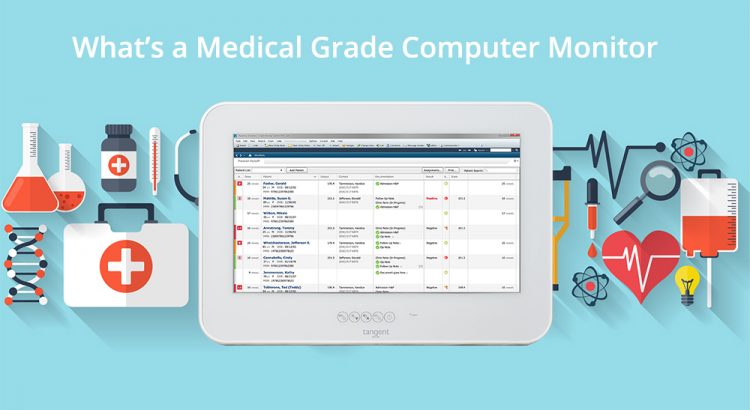
Medical Grade Computer Monitor: What is the Meaning?
It may be surprising to hear, but calling a monitor “medical grade” isn’t just a marketing tactic. To be a medical monitor, the medical monitor must meet certain legal criteria that allows for the use of the term. These criteria, such as EN/IEC 60601-1 compliance, help keep both patients and doctors safe from workplace hazards. […]
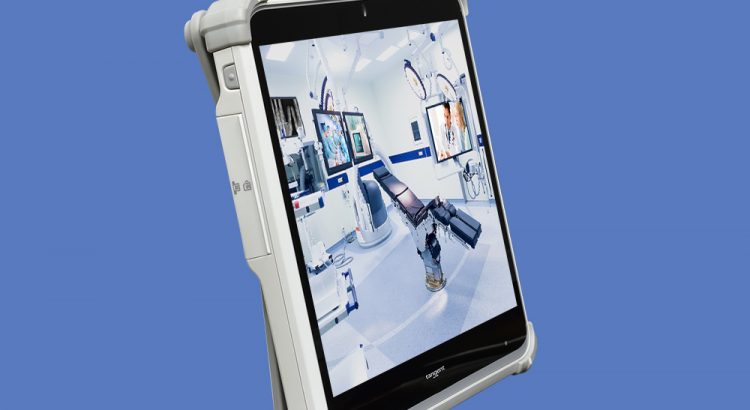
Medical All-In-One PCs
Tangent’s medical all-in-one PCs are built for 24/7 use in the hospital setting. Our line of medical all-in-one PCs are highly customizable to fit your workplace needs, and are designed with physician and patient safety and hygiene in mind. IP65 Sealed and Protected Tangent’s medical all-in-one PCs like the Medix T24B are IP65 certified […]
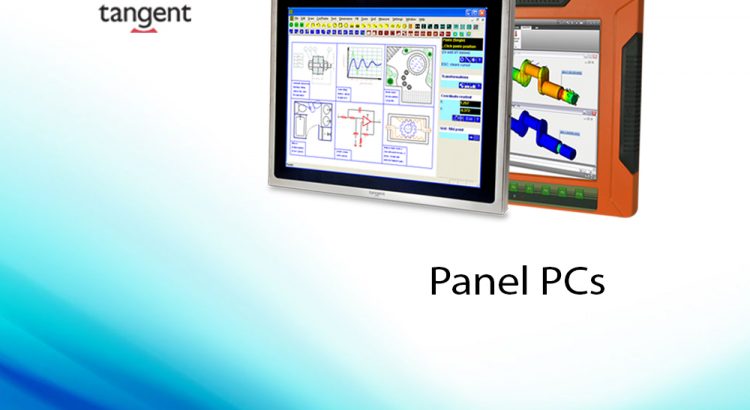
Panel PCs: Tangent’s Product Line
Powerful Medical Panel PCs to Meet Your Needs Tangent’s lineup of Medical Panel PCs are designed to exceed the need of the hospital setting. All of our Medical Panel PCs are UL/cUL 60601-1 and IEC 60601-1 Certified, run industry standard EMR software, and feature widescreen displays. Our Medical Panel PCs have a fanless design, making […]
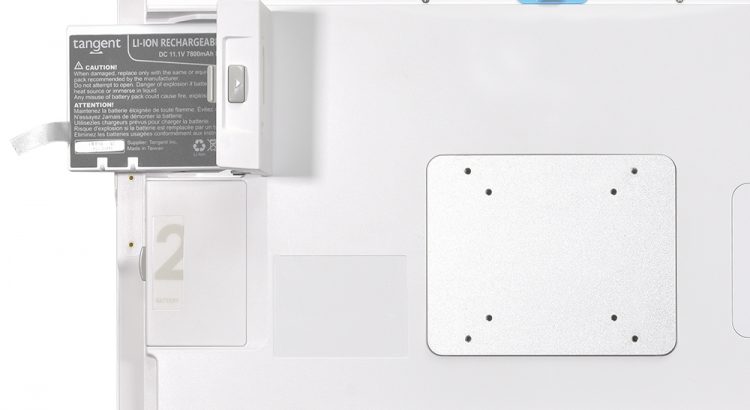
Medical PC: Customizable for Your Healthcare Needs
While All-In-One PCs do feature the capabilities of a PC, keyboard, mouse, and monitor in one convenient package, there’s always more room to fit in a few more features. At Tangent, our Medical PCs are built to be customized, having multiple options to fit your hospital’s unique needs. These customization options make medical PCs from […]
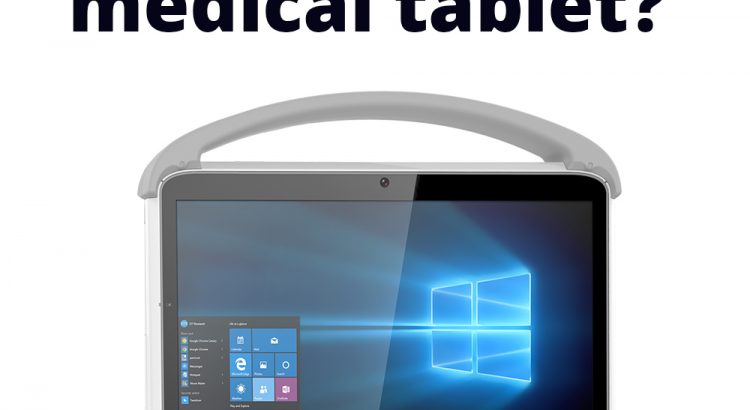
What is a Medical Tablet ?
As hospitals increasingly computerize their workstations, the use of paper records has dropped considerably. While the introduction of computers in the hospital space has drastically increased their efficiency, the mobility of information that physical paper records entailed was nearly lost. This is where Medical Tablets found their niche, offering the same benefits as medical PCS […]
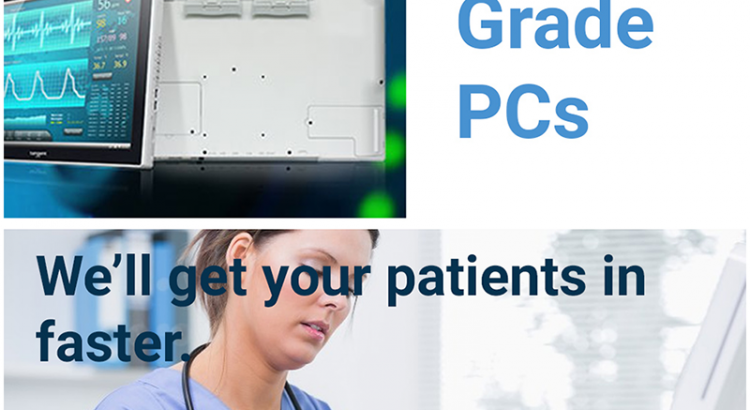
Medical Grade PC for Hospital Performance and Efficiency
The introduction of computers in the workplace has made a litany of everyday tasks more manageable and efficient. Nowhere else is this as clearly seen than in the medical setting. Computers in hospitals have evolved from being simple filing systems to being fully integrated and specialized tools that are indispensable to everyday operations. These computers […]

What is a Medical Grade Computer?
A medical grade computer meets regulatory guidelines including CE, FCC class A and/or B, UL60601-1 and EN60601-1, and CDC guidelines
